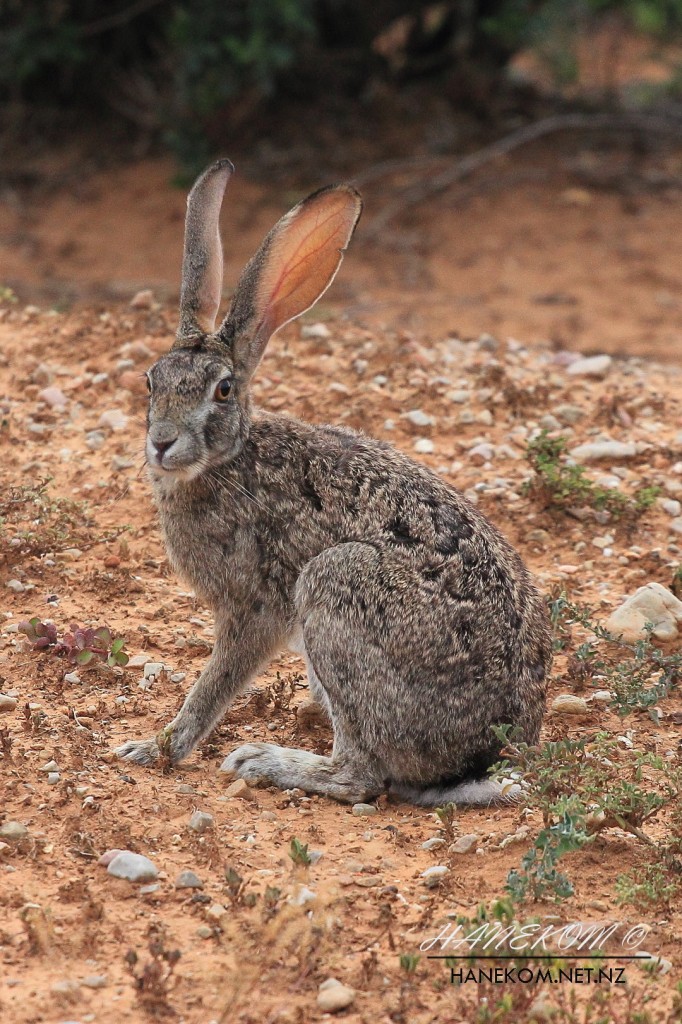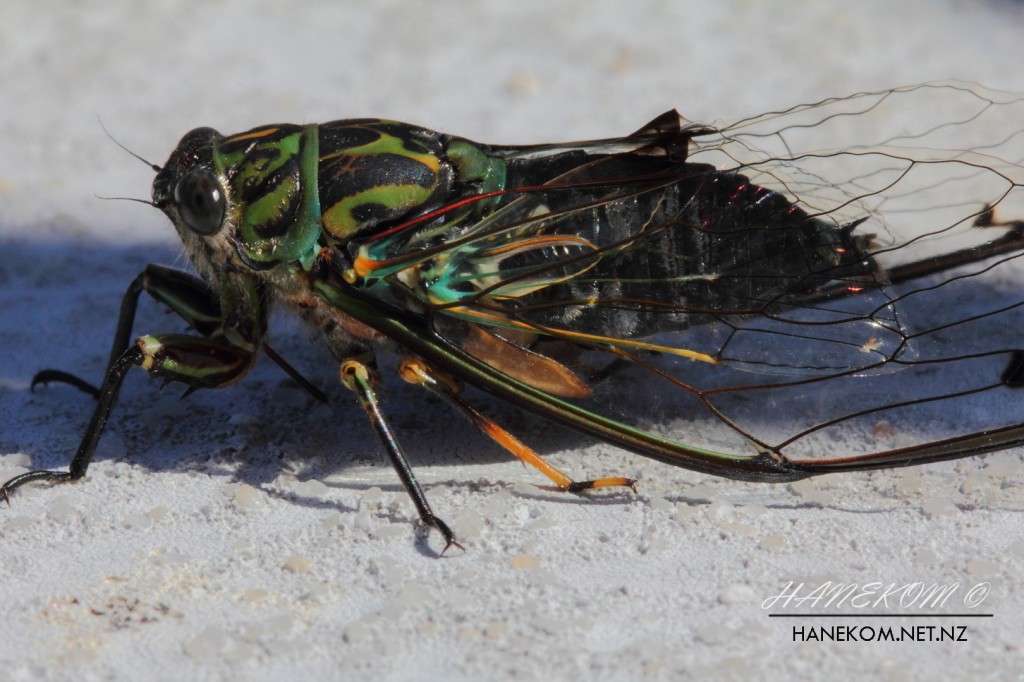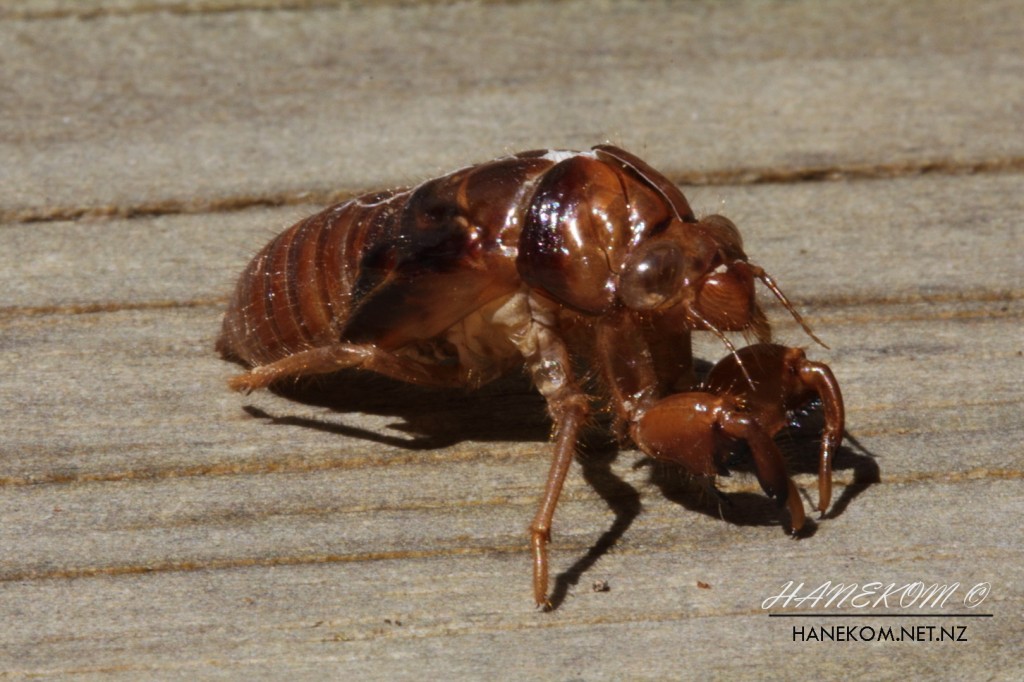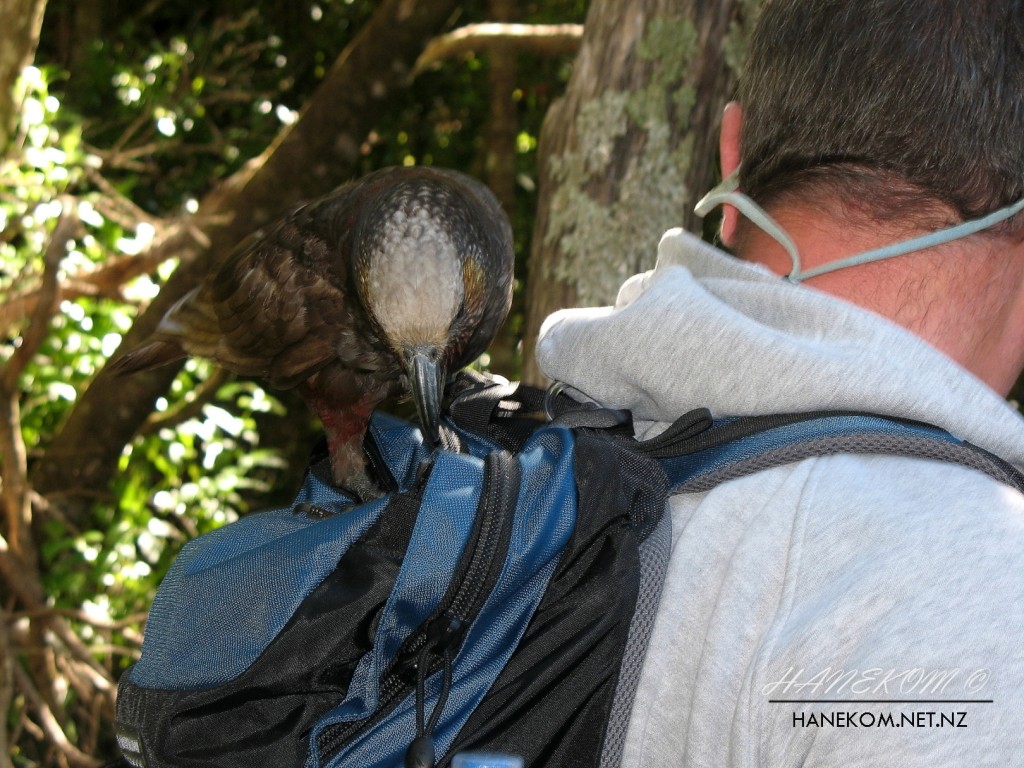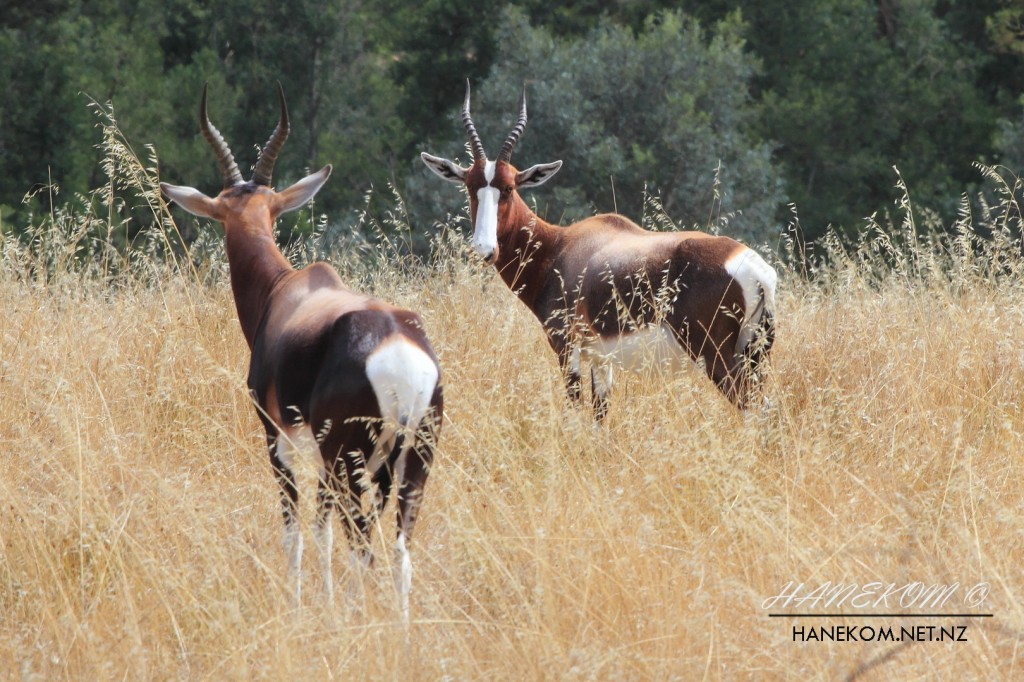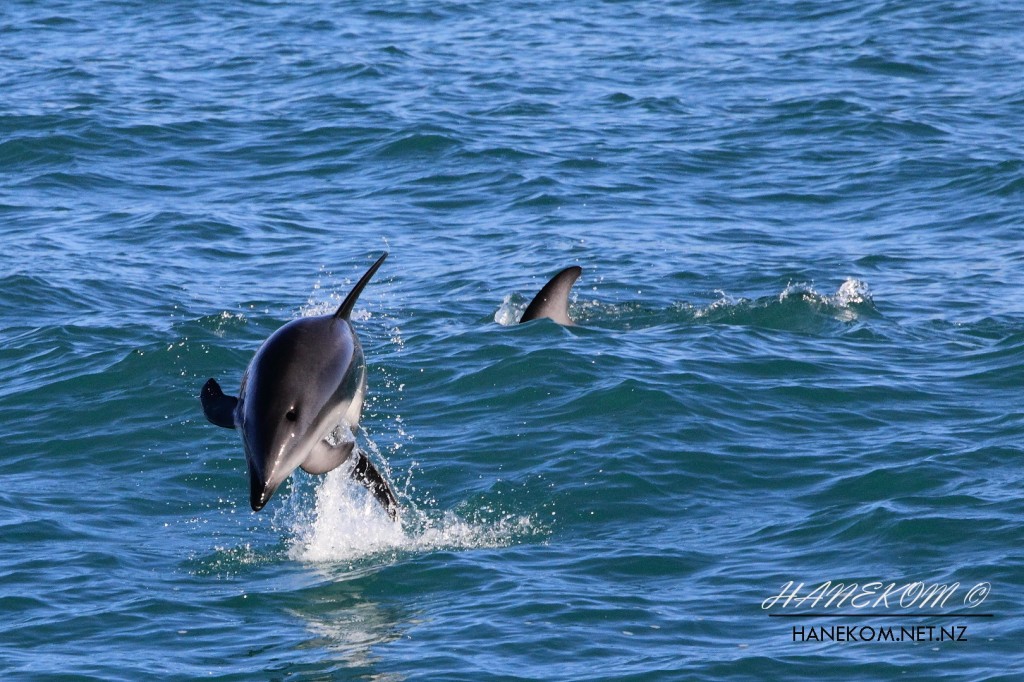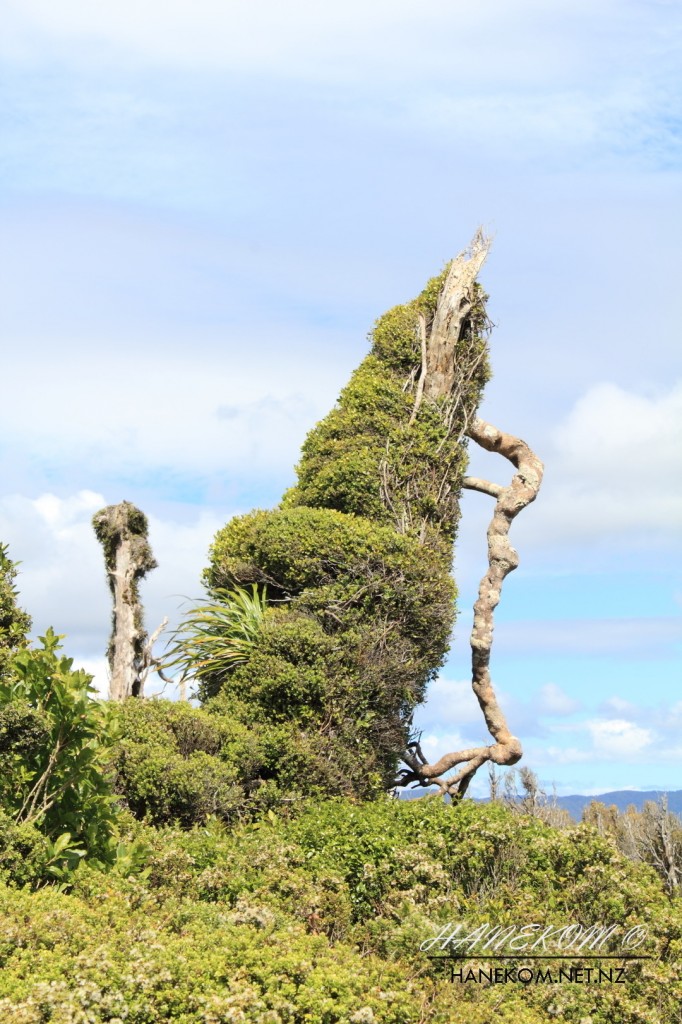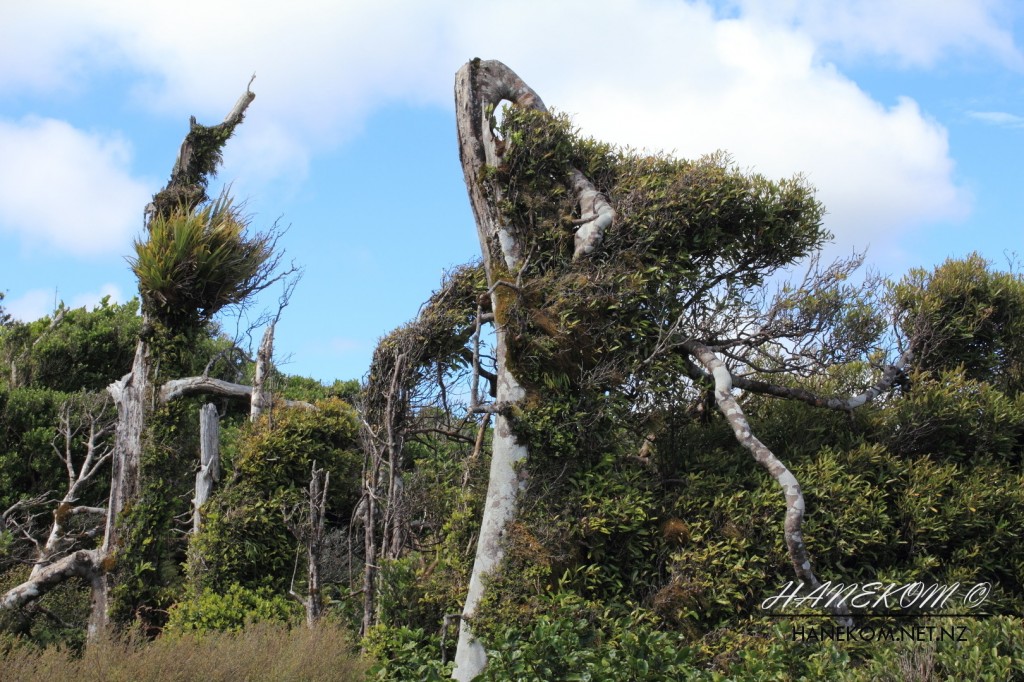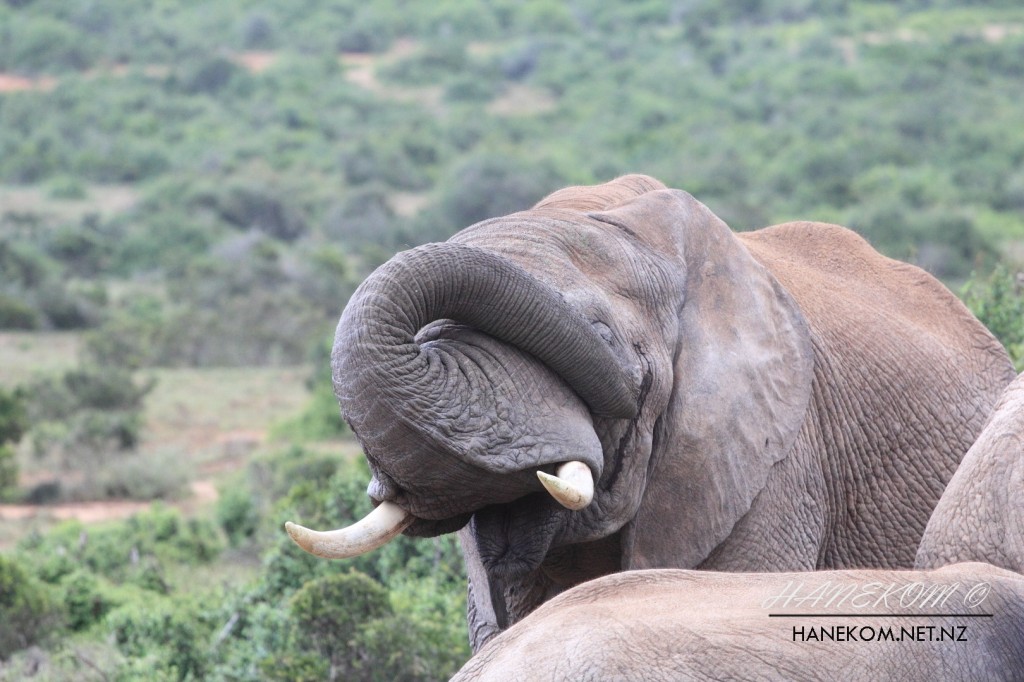The Malayan Sun Bear (Helarctos malayanus) is the smallest of the world’s eight surviving bear species but it has the longest tongue.
It is an opportunistic omnivore (of the bears only the polar bear is a true carnivore) that uses its long tongue to get to ants, termites, bugs, honey and other delicacies.
A bear’s age can be determined from its teeth because bear teeth has year rings much like the year rings in trees.

(#60 of 100)
